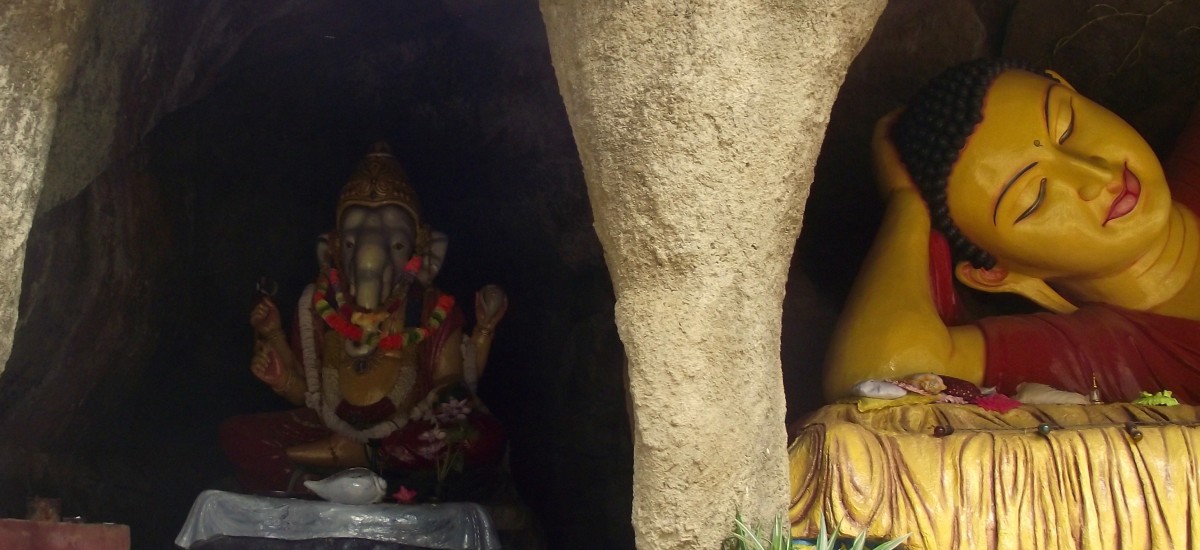February 4, 1948 was a historic day for Sri Lanka.
Yet, often forgotten is the struggle Sri Lankans faced to ensure independence. It was the concerted effort of people, regardless of class, caste, religion or ethnicity, that culminated in Sri Lanka’s emancipation from colonial rule.
Sadly, Sri Lankans soon forgot this spirit of unity. For close upon 30 years the country was embroiled in a bitter war, founded on a culture of divisiveness. Now, as the country rebuilds itself post-war, undeniable that scars remain between and within communities.
A product of this can be seen plastered on the back of many three-wheelers and buses today. The bright Sinha Le sticker is seen by some to be a badge of pride, and not inherently racist. Yet, several houses where Muslims resided were spray-painted with the slogan – a visual slap in the face. A political party has been formed, with the idea of protecting the interests of the Sinhalese.
These incidents cannot be divorced from recent incidents of religious tension and violence propagated by groups like the Bodu Bala Sena, Sinhala Ravaya and Ravaya Balaya, which saw mosques attacked, church property damaged and even Hindu shrines dismantled.
In this atmosphere of unease, it is now more important than ever to look back on a day that celebrates unity, and ask ourselves if there really is nothing that can bring two vibrant communities – the Sinhalese and Tamils – together.
With this in mind, Groundviews launches two photo essays created using the platform Microsoft Sway, exploring common ground- sites of significance which Sri Lankans, regardless of ethnicity, religion, caste or creed, visit to show devotion. We spoke to people to find out why they travel to these areas, and what significance it had for them.
Here are their stories.
Click below for direct access to the photo essays:
Sri Pada
Kataragama

